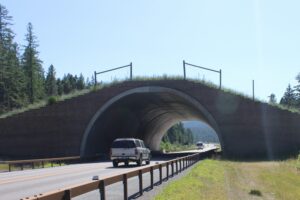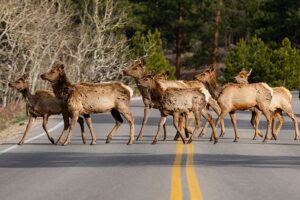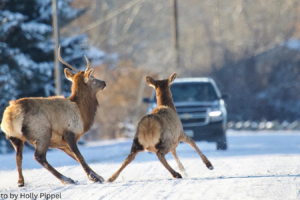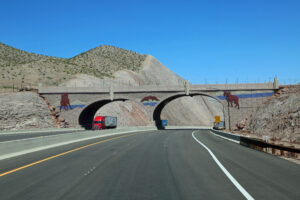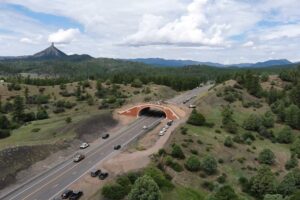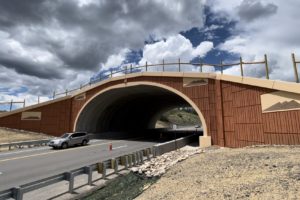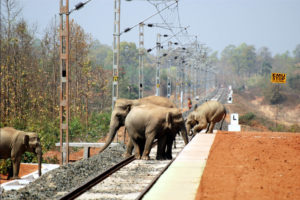Center for Large Landscape Conservation Founder and CEO Gary Tabor to Retire
The Board of Directors of the Center for Large Landscape Conservation (CLLC) announced today that the organization’s visionary founder, Gary Tabor, will retire from his role as CEO of CLLC. Mary Pearl, Chair of the CLLC Board of Directors, made the announcement: “Gary Tabor let the Board know of his plans to retire from his role as CEO after leading this organization since he founded it eighteen years ago in 2007. Through CLLC he developed an entirely new sector of conservation theory and practice, and all of us at CLLC are grateful to Gary for his leadership, drive and service. The Board will now begin the task of identifying his successor while we celebrate Gary’s contribution to our collective goals in large landscape conservation and ecological connectivity.”

